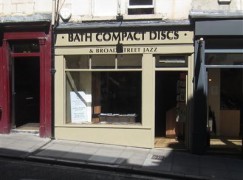Pictures at an audition for the Vienna Philharmonic
mainIn a pre-New Year’s attempt to deflect criticism of their anti-feminism and racism, the Vienna Philharmonic have issued seven pictures of last week’s audition, accompanied by explanatory texts. It breaches 170 years of secrecy but does not clarify much (see below). Official text in italics.

Auditions take place at the Gustav Mahler Hall (usually one of the largest intermission halls at the Wiener Staatsoper), which has remarkably good acoustics.
The jury consists of 25 members of the orchestra: two of four concertmasters, the principals, the VPO chairman and managing director, five musicians of the relevant orchestra section, two staff council members from the Vienna State Opera Orchestra, and a representative of the Vienna State Opera’s management.
The candidates draw a number right before the audition and play at random order.

The candidates will be evaluated on a scale of 2 to 20 points. When a certain average is reached, the candidate goes to the next round. At least the final round will be played without the curtain. Frankly speaking, if the best candidate’s level is not adequate, the jury can determine that the audition was unsuccessful – as it was the case this week.

A few guests may experience the auditions behind the jury to see how incredibly difficult auditions are for everyone involved.
(Photos by Jun Keller).
Do not be fooled by this splendid PR excercise. The final selection is without a screen, enabling old prejudices to be asserted. No new members were selected this week. We wonder how many of the candidates were women and non-Europeans.





Comments